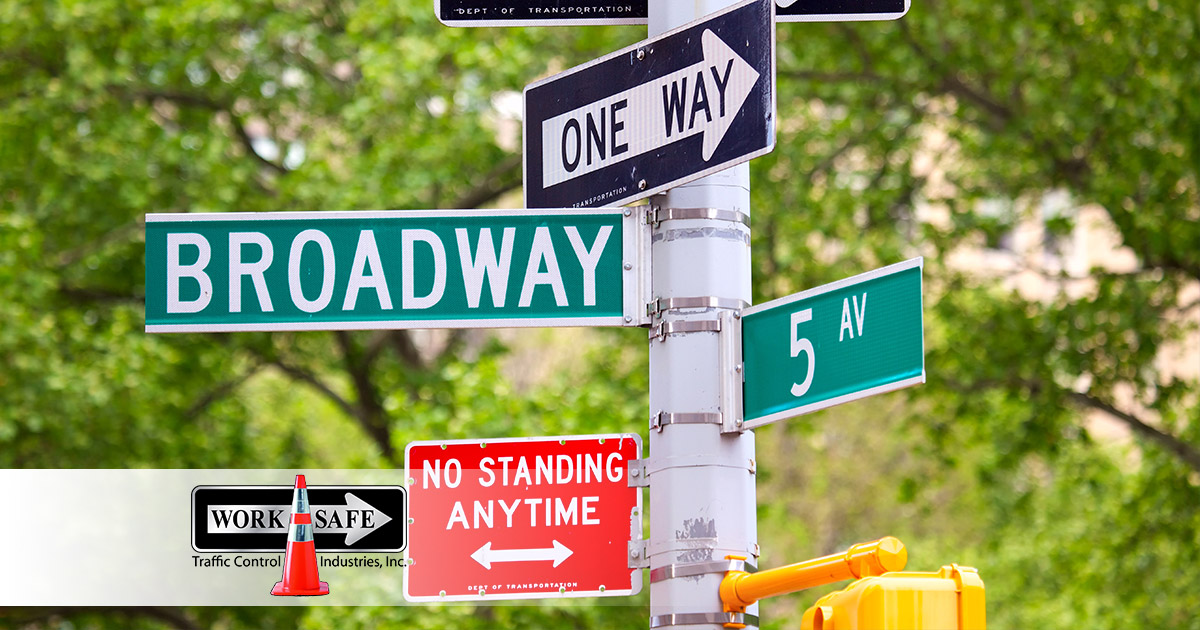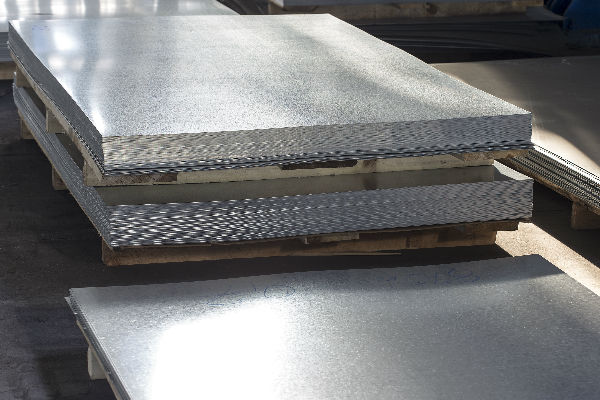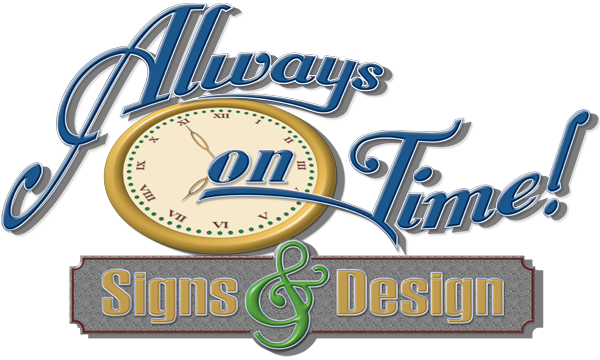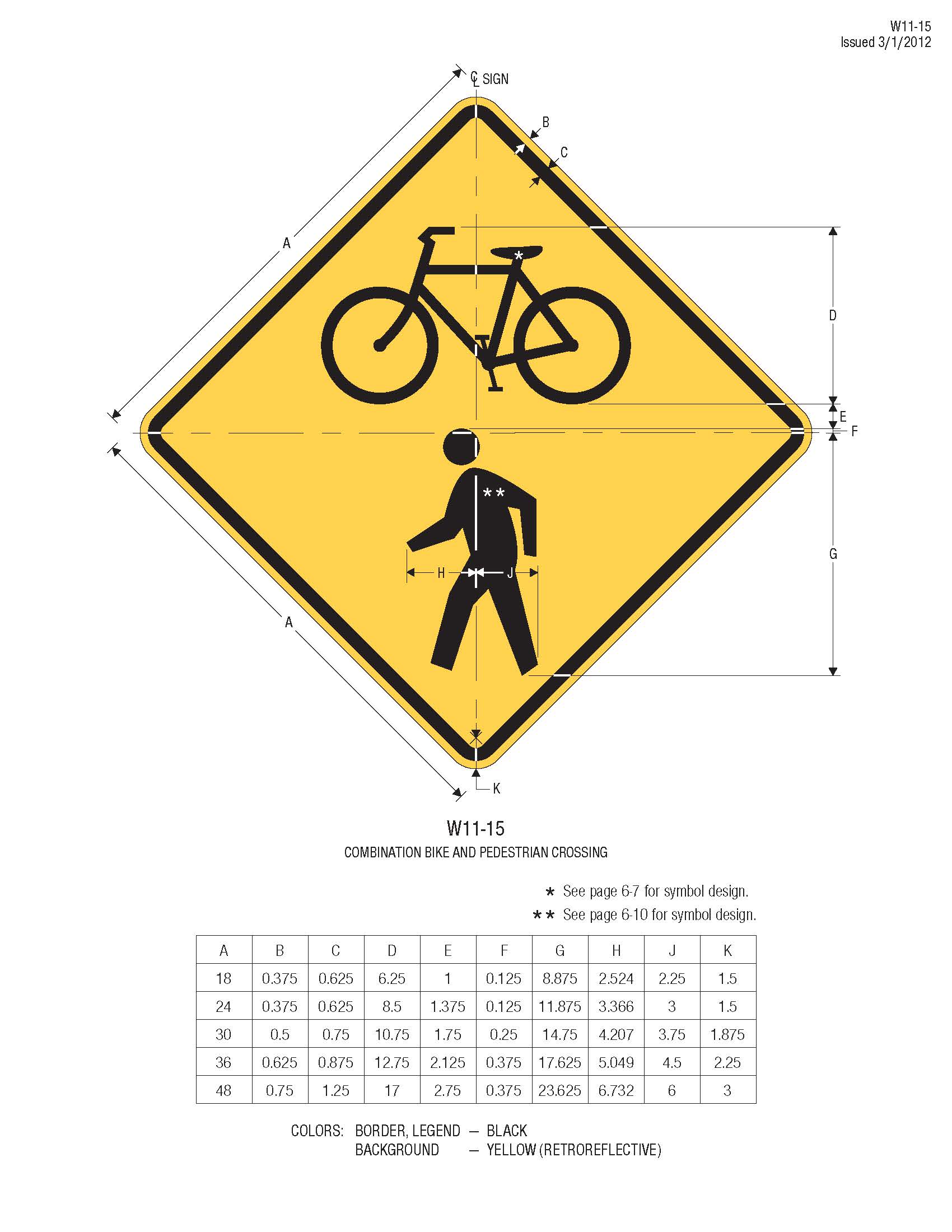
The earliest road signs were simple, made of wood or stone. And just as today, they were placed by the side of roads to give people information or directions. The Romans erected stone columns throughout their empire, informing travelers of how far they were from Rome — because, as we know, all roads lead to Rome. In the Middle Ages, multidirectional indicators at intersections became common, giving directions to cities and towns. Signs with directional arms were introduced in the United Kingdom and later Saxony, and they continued to develop up to the present, with pictorial signs using symbols in place of words. Present-day indicators were first developed in Europe and have been adopted by most countries.
The first known Traffic Regulation Act was established by King Peter II of Portugal. It directed the placement of priority indicators, which established the order of traffic passing through intersections. The first modern road indicators didn’t come into existence until the late 1800s, when high bicycles were in common use. Because these bicycles were difficult to control, cycling organizations began placing new kinds of indicators that warned their riders of potential hazards ahead. The development of automobiles demanded still more complex signage systems for safety and efficiency.
The material with which signs were manufactured began to change just as their design did over the years, from pre-industrial street sign materials to cast iron after Abraham Darby developed the process of smelting iron. This lasted until the mid-19th century, when it was replaced by aluminum and, later, steel. Now, since 1945, most placards have been made from sheet aluminum with adhesive plastic coatings.

Types of Traffic Signs
Here are some of the most common types of traffic signs that we use today.
Warning Signs
Warning signs indicate potential dangers ahead, such as a sharp bend or turn in the road, slippery road conditions, an intersection, a steep hill, or low clearance. They also warn of impending changes to the road, such as the appearance of a stop sign, merging traffic, reduced speed, a fire station, or deer/cattle/snowmobile crossings.
Railroad and Light Rail Transit Grade Crossing Signs
Railroad signs include alerts for a track crossing ahead, no signal at tracks, no train horn, an emergency notification for vehicles stalled on the tracks, a divided highway transit rail crossing, or a light rail transit station.
Temporary Traffic Control Signs
All temporary traffic control signs are orange and convey information about some type of road work, such as workers or flaggers approaching, a shoulder closure, exit or lane closures, or detours.
Regulatory Signs
Regulatory signs that contain red include instructions like: stop, yield, do not enter, no parking, no U-turn or left turn, or hazardous materials prohibited. They also warn of multi-way stops. Black-and-white regulatory indicators include notifications for one-way roads, truck weight limits, an approaching HOV lane, and divided highways. Additional regulatory signs are also used for mandatory movements in lanes at an intersection, such as proceeding straight ahead, or right/left turns only.
Guide Signs
Guide signs indicate numbers for interstates, U.S. routes, and county routes, national scenic byways, destination distances, park and ride exits, mile markers, must-exit lanes, named highways, or hurricane evacuation routes.
Motorist Services and Recreation Signs
These indicators inform motorists and pedestrians where to locate recreational services. They are most often white on a blue or brown background. These include stops for food, lodging, telephone access, hospitals, bathrooms, rest areas, or handicapped-accessible facilities.
Pedestrian and Bicycle Signs
Pedestrian and bicycle indicators come in a variety of shapes, colors, and sizes. They include warnings for upcoming pedestrian crossings, playground, school crosswalks, bike routes, or warnings that no pedestrians, bicycles, and/or hitchhikers are allowed.
What are street signs made of?
Today’s placards are made to last for many years, with varying types of reflective sheeting and offering different levels of retro reflectivity. Retroreflective sheeting is designed to reflect some of the light from vehicle headlights back to the driver so that a sign will be visible at night. The federally approved Manual on Uniform Traffic Control Devices (MUTCD) provides specifications for sign dimensions, the use of symbols, and requires that all placards be either reflectorized or illuminated.
Street placards consist of three basic components: a blank, background sheeting, and sign copy. Blanks are usually constructed of aluminum, plywood, or steel, and serve as the framework of the placard. Plywood is the least expensive, though the most susceptible to weather damage. Aluminum is the most expensive and will not rust, but is very lightweight and so must be reinforced with metal braces along the back. Steel is altogether more economical: it is sturdy and does not need reinforcement, and rusting can be prevented by applying a coat of zinc to the steel blank.
Background sheeting, letters, and symbols for the sign copy are cut from retroreflective sheeting. This sheeting is made up of tiny glass beads embedded in a flexible plastic surface, which allows light from car headlights to be reflected off the indicator and back to the driver. If the sheeting is dyed with a pigment, colored light will be reflected from the sign. For example, red dye can be added to the sheeting mixture when it is in a liquid form to make a stop sign.
Always be sure to check your project-state specifications and documents to ensure compliance.
How are road signs made?
The production of indicators can involve many different processes depending on whether the retroreflective sheeting uses a pressure-sensitive or heat-sensitive adhesive. Additional considerations involve the inclusion of etching or silk-screening or the use of other coloring processes. In general, though, many street placards will go through the following manufacturing process using heat-sensitive adhesives.
- Cut the blank. The sign blank is cut from a sheet of steel or aluminum by a metal shear machine or a band saw. Corners are rounded and holes for mounting are punched or drilled.
- Check the blank. Blanks must be free from defects, contamination, or grime.
- Degrease the blank. The blank surface is wiped with mineral spirits or naphtha, dried immediately with a clean, lint-free cloth, and then degreased by immersion in either a chemical or alkaline solution bath.
- Cut the retroreflective sheets. Individual background retroreflective sheets are cut by hand; multiple sheets are cut using a bandsaw. Letters and symbols are then punched out from white or black retroreflective sheeting.
- Apply the sheet to the sign blank. After the sheet is applied to the dry blank surface, the sign goes through a large squeeze-roller applicator to remove air bubbles. Edges are then trimmed.
- Heat the sign. The placard is placed in a heat lamp vacuum applicator for one minute, removed, and allowed to cool before the sign copy and border are placed on the sign. Bubbles are again pressed out, and finally, the sign is covered with a plastic slip sheet and placed in the heat lamp vacuum applicator for another minute.
Final Thoughts
Proper signage and safety equipment on the job site is crucial to worker safety and the safety of the general public. Without these items applied appropriately, you run the risk of compromising the site and everyone on it. Worksafe Traffic Control Industries is here to ensure that your job sites are outfitted with all of the essential materials required to facilitate safe and seamless work.
No matter what you need for worksite signage or other equipment, you can trust Worksafe Traffic Control Industries for all your needs. Give us a call today at 802-223-8948 or contact us online to order quality signage or submit to us any questions you have about our inventory.


